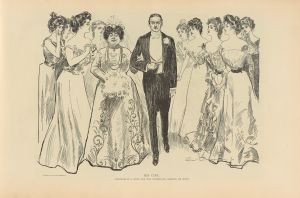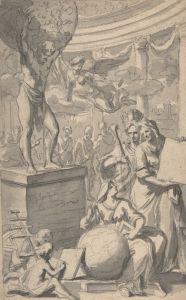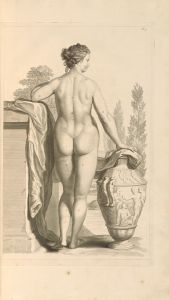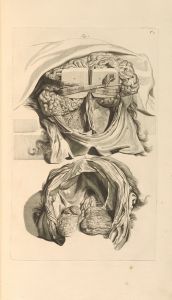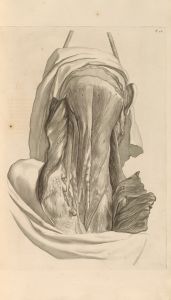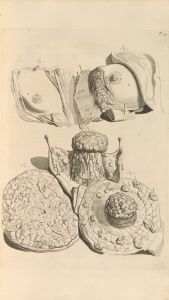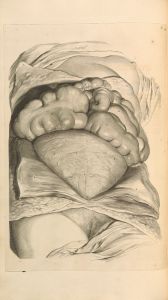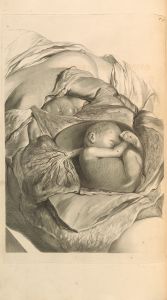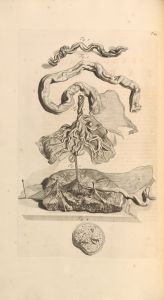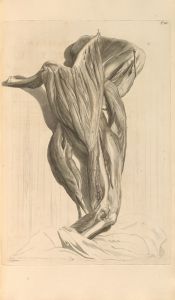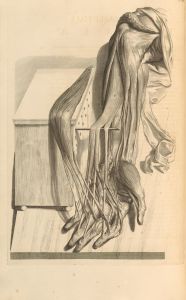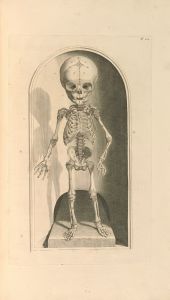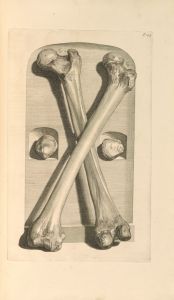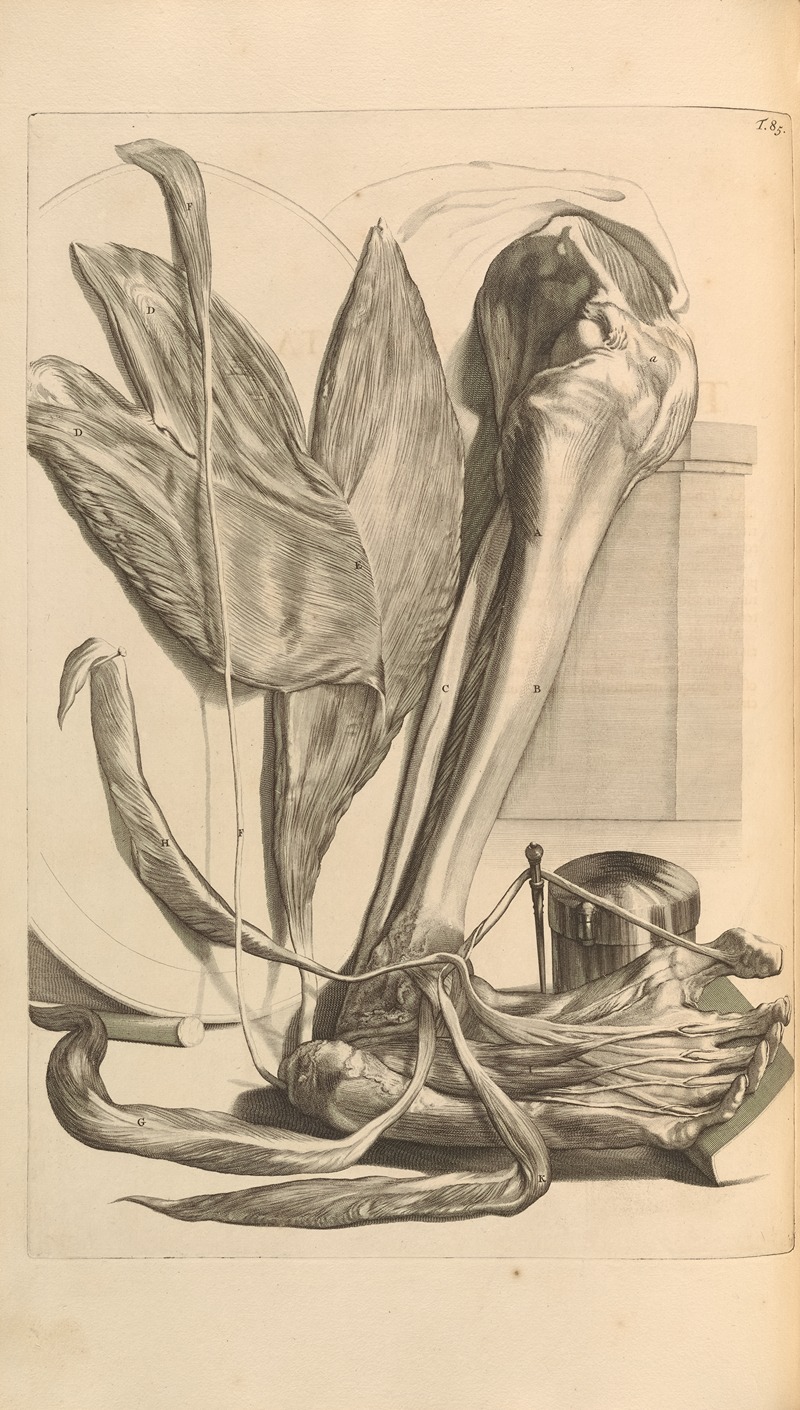
Anatomia humani corporis Pl.086
A hand-painted replica of Gerard de Lairesse’s masterpiece Anatomia humani corporis Pl.086, meticulously crafted by professional artists to capture the true essence of the original. Each piece is created with museum-quality canvas and rare mineral pigments, carefully painted by experienced artists with delicate brushstrokes and rich, layered colors to perfectly recreate the texture of the original artwork. Unlike machine-printed reproductions, this hand-painted version brings the painting to life, infused with the artist’s emotions and skill in every stroke. Whether for personal collection or home decoration, it instantly elevates the artistic atmosphere of any space.
Gerard de Lairesse (1640–1711) was a Dutch Golden Age painter and engraver, known for his classical style and contributions to anatomical illustration. One of his notable works in this field is the illustration titled Anatomia humani corporis Pl.086, which was part of the influential anatomical atlas Anatomia Humani Corporis (1685). This atlas was a collaboration between de Lairesse and the Dutch anatomist Govard Bidloo (1649–1713), who authored the text. The work is considered a significant contribution to the study of human anatomy during the late 17th century.
Anatomia Humani Corporis was published in Amsterdam and featured 105 detailed copperplate engravings by de Lairesse, based on dissections conducted by Bidloo. Plate 086 (Pl.086) is one of these engravings, showcasing de Lairesse's skill in combining artistic precision with scientific accuracy. The illustrations in the atlas were groundbreaking for their time, as they depicted the human body with a level of realism and detail that was unprecedented. De Lairesse's artistic background allowed him to render the anatomical structures with clarity and elegance, making the atlas not only a scientific resource but also a work of art.
The illustrations in Anatomia Humani Corporis, including Plate 086, were notable for their dramatic and sometimes theatrical presentation of cadavers. De Lairesse often arranged the figures in lifelike poses, set against minimalistic backgrounds, which emphasized the anatomical details while also imbuing the images with a sense of humanity and dignity. This approach reflected the Baroque aesthetic of the time, which sought to evoke emotion and engage the viewer.
Despite its artistic and scientific merits, the atlas was not without controversy. Some contemporaries criticized the dramatic poses and artistic embellishments, arguing that they detracted from the scientific purpose of the work. Additionally, the atlas faced competition from other anatomical texts of the period, such as those by Andreas Vesalius and William Cowper. In fact, Cowper later republished the illustrations from Anatomia Humani Corporis without proper attribution to Bidloo and de Lairesse, leading to a dispute over intellectual property.
Today, Anatomia Humani Corporis and its plates, including Plate 086, are regarded as important historical artifacts that bridge the fields of art and science. They provide insight into the anatomical knowledge and artistic practices of the 17th century, as well as the collaborative efforts between artists and scientists during this period. De Lairesse's work on the atlas remains a testament to his versatility as an artist and his ability to adapt his skills to serve scientific inquiry.





